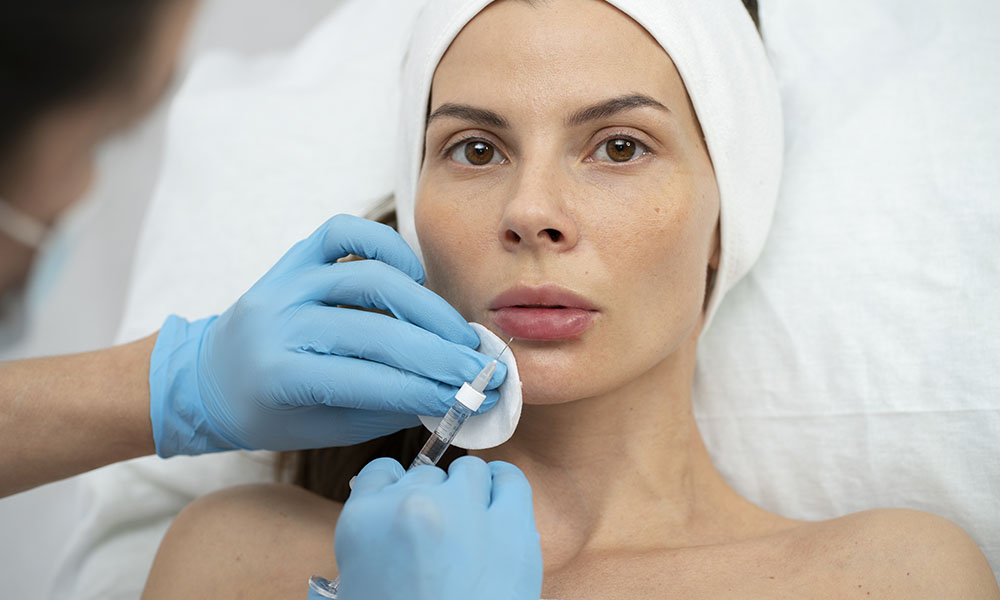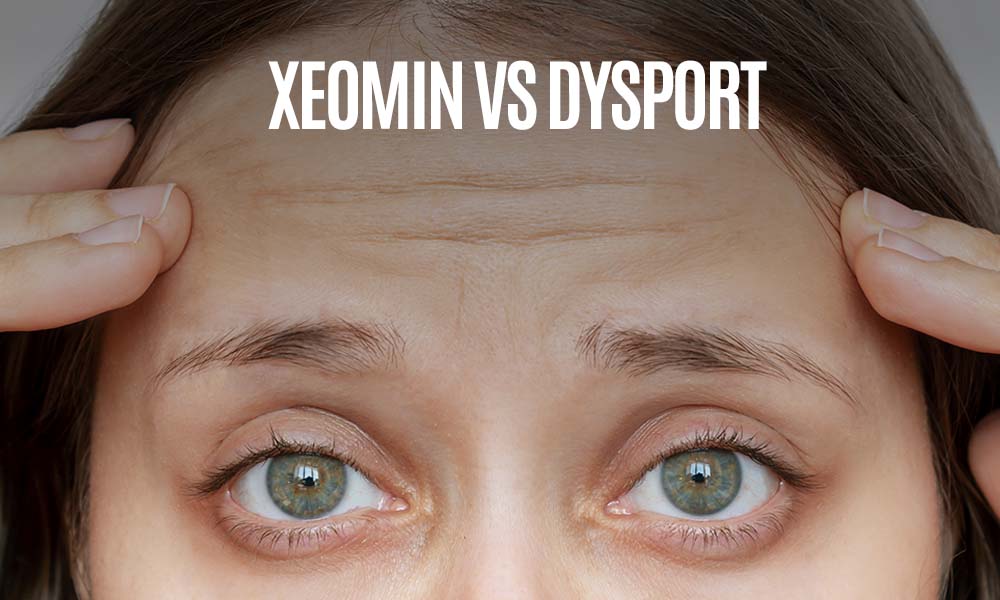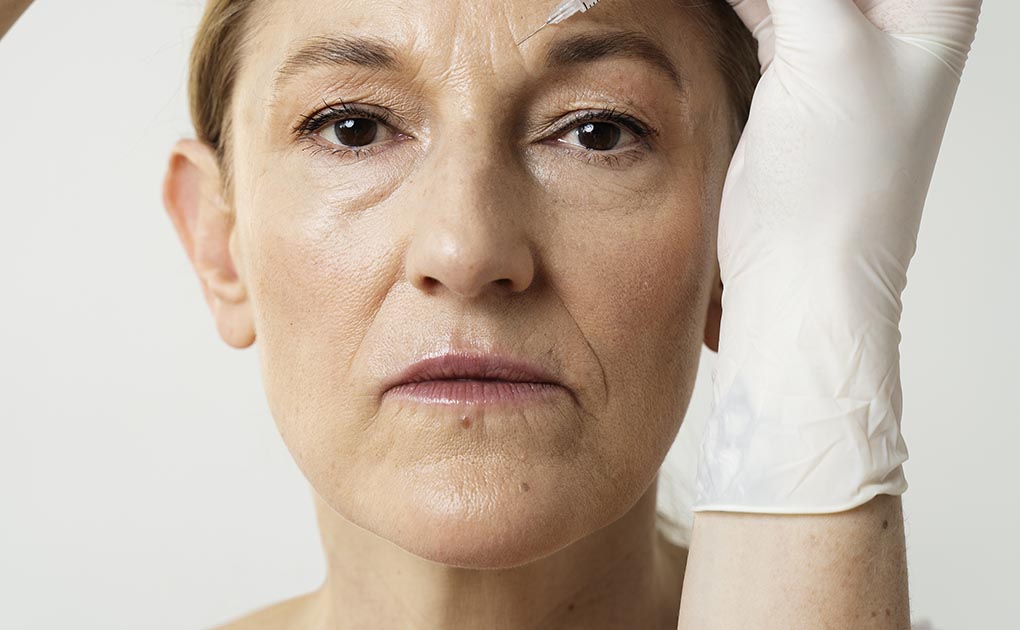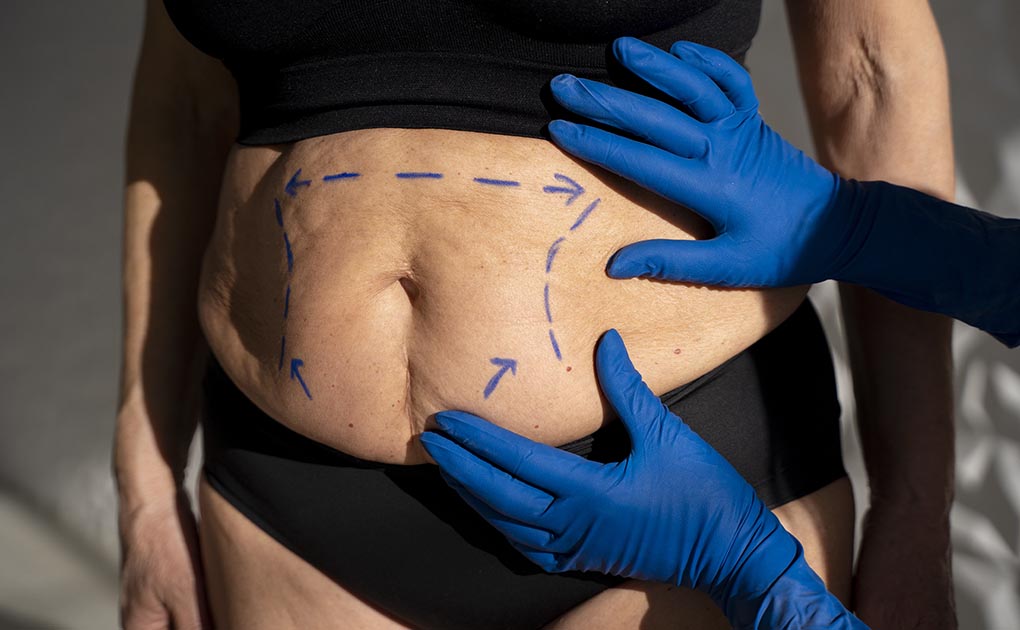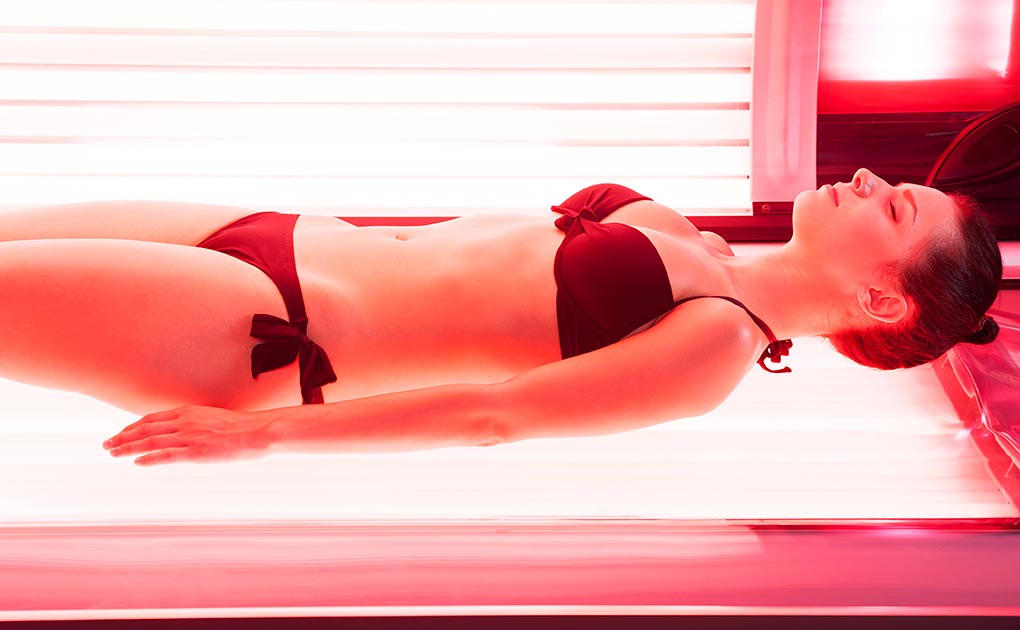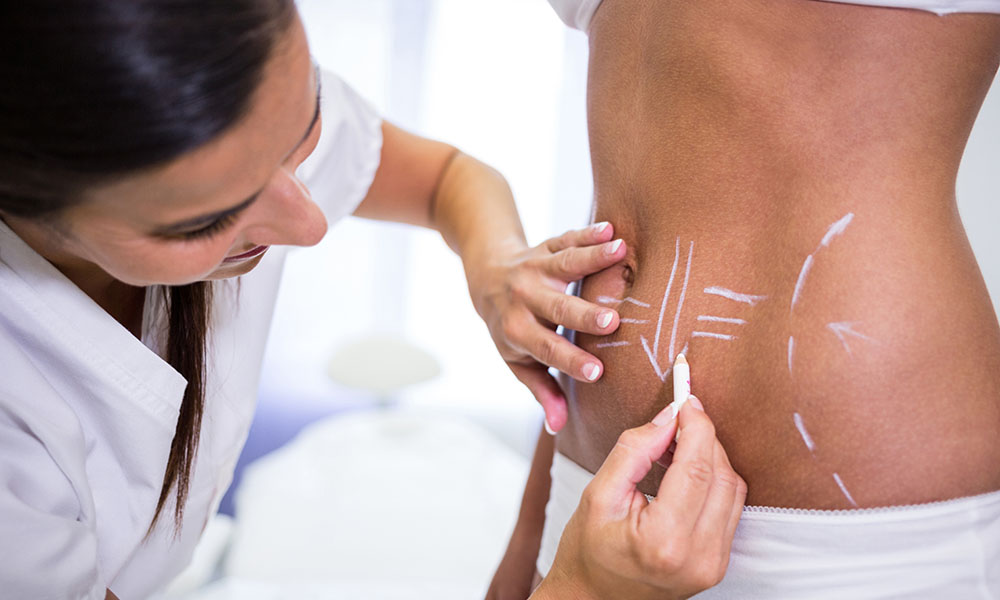When it comes to achieving smoother, more youthful skin, two popular treatments, skin resurfacing and microneedling, often come to mind. Both are highly effective, but they work in different ways to improve skin texture, tone, and overall appearance.
In this blog, we’ll compare these treatments to help you determine which option is best suited to your unique skin type and goals.
What Is Skin Resurfacing?
Skin resurfacing removes damaged layers of skin to reveal a healthier and rejuvenated complexion. Common types include:
1. Chemical Peels
- Exfoliates outer layers with a chemical solution.
- Addresses acne, hyperpigmentation, and aging.
2. Laser Skin Resurfacing
- Uses light energy to remove skin layers or stimulate deeper skin regeneration.
- Ideal for reducing deep wrinkles, scars, and sun damage.
3. Microdermabrasion
- Exfoliates with crystals or a diamond-tipped wand.
- Gentle and suited for mild concerns like dullness or texture issues.
What Is Microneedling?
Microneedling, or collagen induction therapy, uses tiny needles to create controlled micro-injuries in the skin. This process stimulates collagen production, resulting in firmer, smoother skin.
Microneedling is commonly used to treat:
- Fine lines and wrinkles.
- Acne scars.
- Enlarged pores.
- Uneven texture and tone.
Key Differences Between Skin Resurfacing and Microneedling
1. Treatment Process
- Skin Resurfacing: Involves lasers, chemicals, or exfoliation, often requiring downtime for peeling or redness.
- Microneedling: Creates micro-injuries with minimal downtime, ideal for busy schedules.
2. Depth and Intensity
- Skin Resurfacing: Targets deeper layers, better for severe concerns.
- Microneedling: Focuses on the surface for mild to moderate issues.
3. Recovery Time
- Skin Resurfacing: May involve weeks of healing, depending on the treatment.
- Microneedling: Usually heals within 1-2 days with mild redness.
4. Ideal Candidates
- Skin Resurfacing: Best for significant wrinkles, sun damage, and scars.
- Microneedling: Great for fine lines, acne scars, and overall texture improvements.
Which Treatment Is Right for You?
Choose Skin Resurfacing If You Want to:
- Treat severe scars or deep wrinkles.
- Address extensive sun damage or pigmentation.
- Commit to a more intensive rejuvenation.
Choose Microneedling If You Want to:
- Improve skin tone and texture.
- Treat fine lines and mild scars.
- Opt for a non-invasive option with minimal recovery.
Combining Treatments for Optimal Results
In many cases, combining skin resurfacing with microneedling can amplify results. For instance, microneedling’s collagen-boosting effects can complement the deep exfoliation from resurfacing, providing comprehensive skin rejuvenation.
Conclusion
Skin resurfacing and microneedling are both excellent options for rejuvenating your skin, but the best choice depends on your concerns, goals, and lifestyle.
For those looking to address deep wrinkles, scars, or significant sun damage, skin resurfacing may be ideal. On the other hand, microneedling offers a gentler, low-downtime solution for improving texture and tone.
Want personalized advice? Contact Forever Young MedSpa to schedule a consultation and find the perfect treatment for your skin!
FAQs
1. How do I choose between the two treatments?
Consult with a MedSpa professional to evaluate your skin type and goals.
2. Does microneedling hurt?
It’s minimally uncomfortable, often performed with numbing cream.
3. Can I combine both treatments?
Yes, combining treatments can enhance overall results.
4. Which treatment offers faster results?
Skin resurfacing often shows immediate results, while microneedling builds results gradually.
5. How long do the results last?
Both can last months to a year with proper skincare and maintenance.
